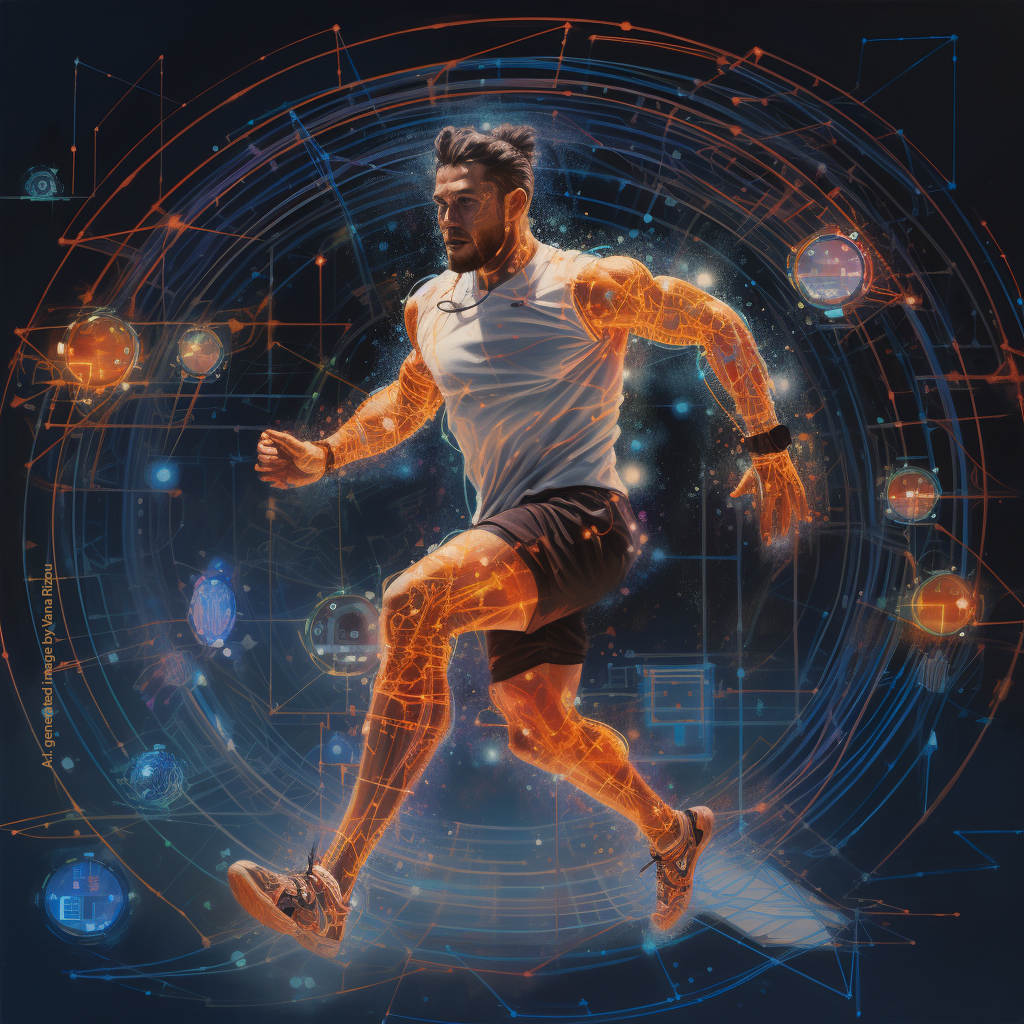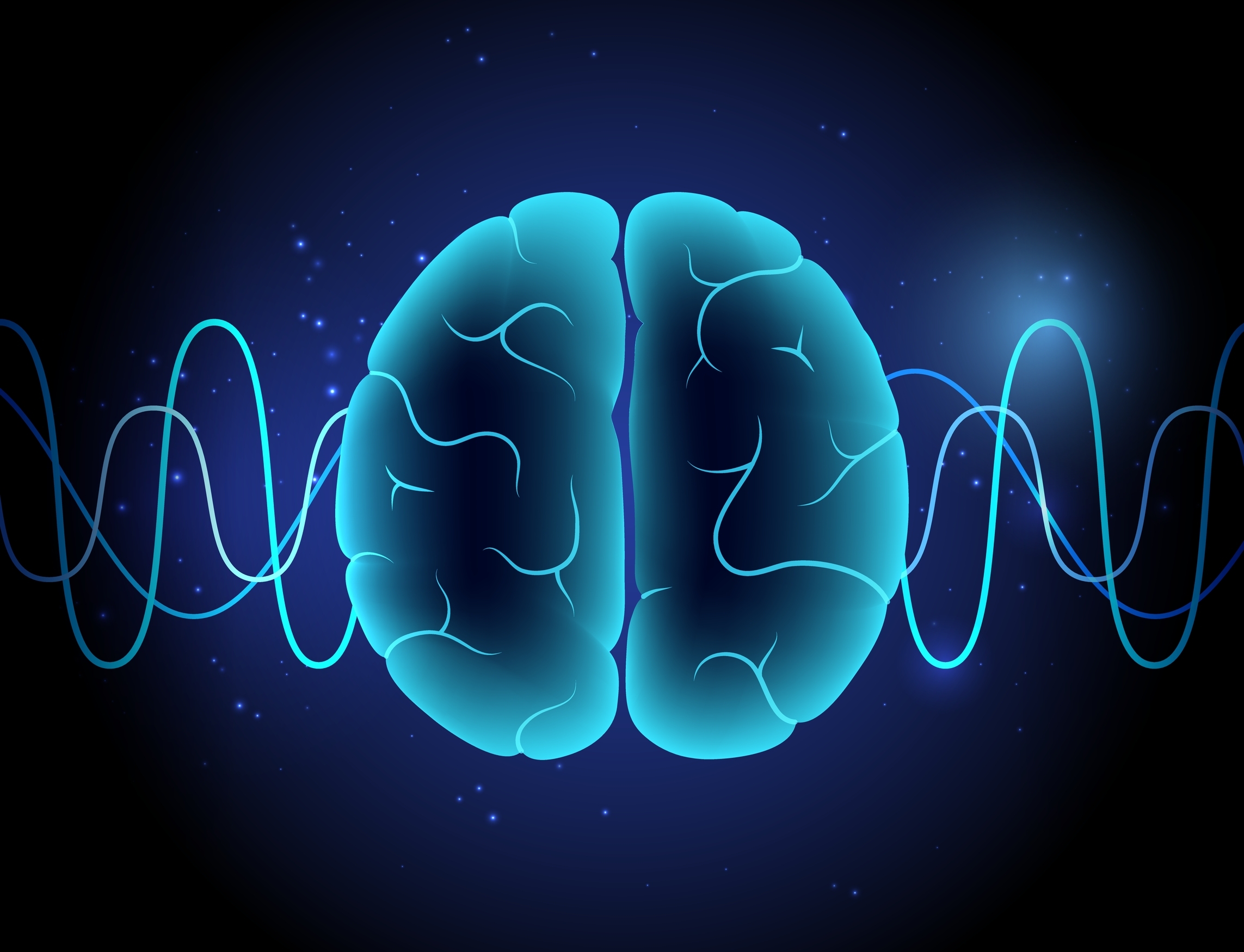from Dr. Violetta Anninou, Ph.D.
Molecular Biologist with HONORS, University of Delaware, U.S.A.
Quantum Biofeedback is a method that can be used to help athletes improve their physical performance, manage stress and anxiety, and reduce the risk of injury. Here is a more detailed description of how Quantum Biofeedback works and how it can be applied to sports:
Physiological monitoring: Quantum Biofeedback has specialized programs for athletes to measure various physiological functions, such as brain waves, heart rate and muscle activity. With these specialized programs information is provided to the athlete in real time about their physiological responses.
Awareness and control: The goal of Quantum Biofeedback is to help athletes become aware of their body's reactions to stress, their physical activity, and give them the tools to control those responses. For example, an athlete can learn to regulate their breathing or heart rate to manage their stress or control their muscle activity to reduce the risk of injury.
Heart Rate Variability: The Quantum Biofeedback with Heart Rate Variability (ECG HRV) program involves monitoring the variation between successive heartbeats, which provides insight into the body's level of stress and fatigue. By learning to regulate ECG HRV, athletes can better control their stress levels, reduce fatigue and improve their physical performance.
Electromyography (EMG): EMG Quantum Biofeedback involves monitoring the electrical activity of the muscles. The information obtained can be used to help athletes improve muscle relaxation and control, leading to improved posture, reduced muscle tension and reduced risk of injury.
Here are some examples of how Quantum Biofeedback can be used in sports:
- Heart Rate Variability: A long-distance runner can use ECG HRV Quantum Biofeedback to monitor and control their heart rate during a race. By regulating an athlete’s heart rate and breathing, one can reduce fatigue and maintain their performance levels throughout the race.
- Electromyography (EMG): Gymnasts can use Quantum Biofeedback effectively with electromyography programs to monitor and control their muscle activity. By learning to control their muscle tension, they can improve their posture and reduce the risk of injury during demanding movements.
- Muscle tension:A weightlifter can use the Quantum Biofeedback muscle tension program to monitor and control their muscle activity during lifts. By reducing muscle tension, one can improve form and reduce the risk of injury during heavy lifting.
These are just a few examples of how Quantum Biofeedback can be applied to sports. Applications vary by athlete and sport. The goal of Quantum Biofeedback is to provide athletes with ways and solutions to understand and control their body's reactions, leading to improved performance and reduced risk of injury.
There are many famous athletes who have used or continue to use Quantum Biofeedback as part of their training and performance enhancement. Here are some examples:
- Tom Brady: The NFL legend is known to use Quantum Biofeedback as part of his training to monitor his heart rate variability and manage his stress levels during games.
- Michael Phelps: The Olympic swimmer has used Quantum Biofeedback to improve his performance. He is known to use EMG Quantum Biofeedback to monitor his muscle activity and control his muscle tension during training and matches.
- Tiger Woods: The legendary golfer has used Quantum Biofeedback to manage his stress levels and improve his performance on the golf course. He has used ECG HRV Quantum Biofeedback to monitor his heart rate variability and regulate his breathing during tournaments.
- Serena Williams: The tennis champion has used Quantum Biofeedback to manage her stress levels, improve her performance, regulate her breathing and muscle tension during matches.
- LeBron James: The NBA superstar has used Quantum Biofeedback to monitor his physiological responses during games, manage his stress levels, regulate his heart rate and breathing, and improve his performance on the court.
- Novak Djokovic: The tennis star has used Quantum Biofeedback to manage his stress levels, improve his performance on court, monitor his heart rate variability and regulate his breathing during matches.
- Novak Djokovic: The Olympic sprinter used Quantum Biofeedback to improve his performance on the track. He has used ECG HRV Quantum Biofeedback to monitor his heart rate variability and regulate his breathing during matches.
- Simone Biles: The Olympian has used Quantum Biofeedback to reduce her risk of injury, improve her performance during competitions, monitor her muscle activity and control her muscle tension during competitions.
These are just a few examples of athletes who have used or continue to use Quantum Biofeedback as part of their training. Quantum Biofeedback is a valuable tool for athletes, providing real-time information about their physiological responses and giving them the tools to control those responses for improved performance and reduced risk of injury.
Here is a general description of what a typical Quantum Biofeedback session for athletes might include:
Preparation: Before the session, the athlete is asked to complete a short questionnaire to assess their current physical and mental state, as well as their goals for the session.
Monitoring: The athlete will then be connected to various sensors such as electrodes for EMG heart rate monitoring for ECG HRV and for EEG. Sensors will be placed on specific areas of the body to collect data on the athlete's physiological responses.
Training: The Quantum Biofeedback therapist will then guide the athlete through various programs designed to help them control their physiological responses. For example, one may be asked to regulate their breathing, control muscle tension, or reduce stress levels. Within 3.5 minutes the device scans over 65 million bits of data and detects the athlete's reactivity so that if something is out of balance it can tune in and train the athlete in 1/1000th of a second.
Evaluation: After the session, the therapist will review the data gathered during the session and discuss the results with the athlete. It also provides recommendations for future training and suggests techniques that the athlete can do on their own.
Post-Session Follow-up: The athlete will be encouraged to continue using the techniques learned during the Quantum Biofeedback session as part of their ongoing training and performance improvement. Follow-up sessions may be scheduled to observe one’s progress and make any necessary adjustments to their training program.
This is a general overview of what a typical Quantum Biofeedback session for athletes might include. The specifics of the session vary depending on the athlete's goals, the type of programs used with Quantum Biofeedback, the equipment and facilities available.
In conclusion, Quantum Biofeedback has become increasingly popular among athletes and is recognized as an effective method to improve performance, increase recovery time and reduce the risk of injury by providing real-time information on their physiological responses and giving them the tools for checking responses.




